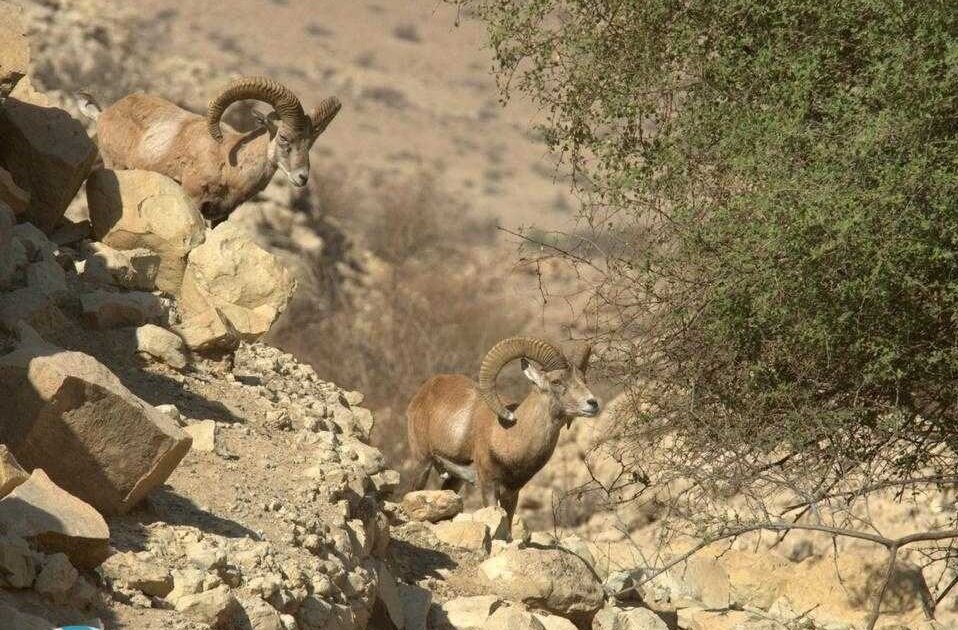$100,000 miniature rams, Lar’s ecotourism attraction

TEHRAN -- For the first time, a Russian zoologist Nikolai Viktorovich Nasonov understood the uniqueness of the miniature rams in 1906 and introduced them to the world of science. It weighs between 35 and 40 kg, while the female one weighs between 25 and 30 kg.
Miniature ram is known as one of the smallest and rarest wild sheep across Iran and the world due to its smallness, Mehr News Agency reported.
It is accustomed to water shortage. Its lifespan is between 10 and 12 years.
Khalil Hazhbari, who is the manager of the miniature ram breeding site, said that south of Iran, including Larestan, is very famous in terms of diversity of animal species particularly Larestan ram.
One of the reasons why Larestan ram is so miniature is its evolutionary history. Lar has temperatures above 40 degrees for six months of the year, and this ram is accustomed to this climate.
Hormod Protected Area, extended over 210 hectares, was designated for protecting miniature rams in Larestan in 1973.
Hazhbari said the hunting license for miniature ram is expensive because it is rare in terms of race, size, and color.
He put the price for hunting a mature miniature ram at the age of above nine years at 80,000 euros, which is popularly called a $100,000 hunt.
The hunting license used to be given to foreigners. Many foreign hunters who traveled to Iran only wanted the ram’s head and skin and took them to collections and museums.
Currently, those who travel to Larestan, can visit miniature ram from behind fences extending all around the protected area.
Hazhbari and his colleagues are careful to ensure that the habitat of these rams and ewes is not damaged while at the same time making the public more familiar with this protected species.
Hormod Protected Zone doesn’t have tourism facilities and infrastructure. If a good planning is made through promoting the infrastructure and proper investment, this site can be used for promoting ecotourism.
The Hormod Protected Area encompasses a region of semi-desertic plains and volcanic hills (peaking at 1,630 m) in the south-east Zagros mountains 50-100 km east of Lar. The reserve is bounded to the north by the Rud-e Shur river and in the south-west by the Lar to Bandar Abbas Road. Habitats include: dissected stony outwash plains with scattered trees and bushes of Ziziphus, Berberus, Euphorbia and Acacia, and patches of grass Poa in the gullies; sandy areas with Zygophyllum steppe; small springs with Phoenix and Tamarix scrub; barren, rocky volcanic hills; and the rocky river bed of the Rud-e Shur, with little surface flow but many deep pools. There is some livestock grazing, also a small area of wheat cultivation on a plain in the center of the reserve. The village of Hormod lies at the southern extremity of the reserve.
This site qualifies as a Key Biodiversity Area of international significance because it meets one or more previously established criteria and thresholds for identifying sites of biodiversity importance (including Important Bird and Biodiversity Areas, Alliance for Zero Extinction sites, and Key Biodiversity Areas).
KD
